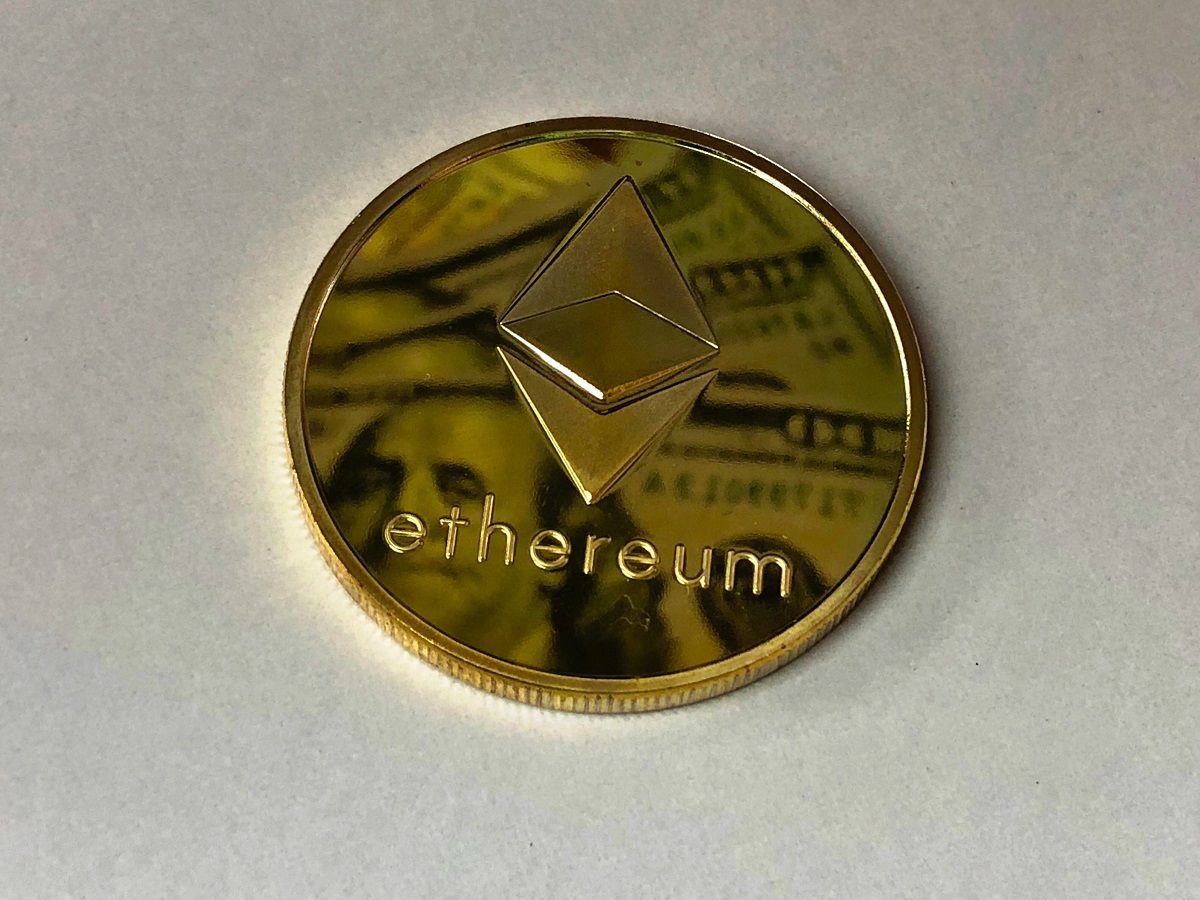Solana and Ethereum are both open-source blockchains. They both have smart contract functionality, which enables them to host decentralized applications (DApps). These DApps offer services and products in areas such as finance, gaming, and many others.
Ethereum went live in 2015, while Solana launched in 2020. Solana's token, or coin, is SOL, while Ethereum's coin is Ether (ETH). For various reasons, the much younger Solana is growing more popular than Ethereum. Indeed, Solana's users swear that it is better than Ethereum.
Many call Solana an Ethereum killer and expect it to surpass Ethereum in both the number of users and market capitalization. Here are the reasons why.
7 Reasons Why Solana Is Better Than Ethereum
1. Transactions Per Second (TPS)
Solana beats Ethereum in transactions per second (TPS) so badly, it's not even a close contest. Ethereum's network is heavily congested. It takes 10 to 15 seconds to process one transaction (mine a block) and can only handle 15-45 TPS. By contrast, Solana is all about speed, needing only 400 milliseconds to mine a block. It can handle up to 50,000 TPS and is capable of ramping up to 65,000 TPS.
However, this advantage won't last forever. In 2022 Ethereum will upgrade itself to Ethereum 2.0, which it is anticipated will have a capacity of up to 100,000 TPS.
2. Costs Per Transaction
Every transaction has a fee (typically called "gas" in crypto lingo) paid to the computers that process them. This fee varies from blockchain to blockchain. Again, it's not close. Solana is vastly cheaper than Ethereum at an average cost per transaction of $0.00025.
Ethereum's gas fees fluctuate widely. They have gone as low as a few cents to as high as $100. And these are just for simple transactions. If a smart contract is involved, there is no upper limit. For example, processing an NFT purchase can cost as much as $250. If the transactions are bigger and more complex, gas fees can go into millions of dollars per transaction.
However, the launch of Ethereum 2.0 in 2022 is expected to lower the cost of gas on Ethereum to near-zero levels, making it competitive with Solana.
3. Solana Doesn't Have a Mempool Problem
A mempool is a waiting area where a processed transaction waits before it is accepted by the blockchain. One of Solana's greatest advantages over Ethereum is that Solana doesn't have a waiting period between processing a transaction and adding that transaction to the blockchain. Essentially, it doesn't have a mempool. Instead, transactions are accepted nearly instantaneously.
On Ethereum, one transaction waits about four minutes before it is verified and accepted.
4. Solana Is Easier to Program
Ethereum runs on software called Solidity, which was specifically created for Ethereum. Solana runs on software called Rust, the most popular software among developers. Rust can build a wide variety of applications, such as games and blockchains, and is easy to use and more familiar. This makes Solana a more accessible platform than Ethereum for deploying apps, which has resulted in the exponential growth of the Solana ecosystem.
5. Solana's Ecosystem Is Expanding Faster
Although Ethereum is still the top choice for building and hosting decentralized applications (DApps) and deploying smart contracts, it faces many challenges related to cost, speed, and more. Solana simply doesn't have these challenges (yet!) and is hosting a list of DApps and smart contracts growing exponentially. Solana also has the potential to support more coins than Ethereum. Solana's ecosystem will eventually overtake Ethereum's in both variety and sheer numbers at the current rate of expansion.
6. Solana Uses Less Bandwidth and Is More Resilient
All blockchains share the common challenge of how to share data within the network. Imagine a blockchain with 10,000 connected computers. When a block is mined, that information needs to be independently shared with all the computers 10,000 times. This leads to bandwidth problems, which slows down the blockchain.
Solana solves this challenge with a protocol called Turbine, which breaks each block down into different packets, transmits each packet to a group of computers, retransmitting the data to the nearest group, and so on. This shares the load in a manner that leads to low bandwidth use, minimal processing times, and a more resilient network that resists breakdowns.
7. Solana Is Better for the Environment
The process of mining Ethereum blocks is called Proof of Work (PoW), which takes up a lot of computing power and leads to high electricity use. Ethereum consumes more energy than Israel and Belgium per year, contributing significantly to global warming.
Solana uses Proof of Stake (PoS) and Proof of History (PoH) algorithms, which are 99.9% more energy-efficient than PoW. Solana is simply better for the environment which makes it a much more appealing alternative to its users and environmental groups.
Is Solana an Ethereum Killer?
Solana has moved up rapidly in the crypto world. After less than two years of operation, it is the fourth largest crypto by market cap. It undoubtedly has many superior qualities to Ethereum. In particular, its high throughput of transactions and low gas fees have made it very popular with developers who are increasingly choosing Solana over Ethereum.
However, it is important to note that many of the most important applications of crypto technology have been built on Ethereum and continue to rely on the Ethereum blockchain to function. Ethereum also has more users than Solana and more applications. In addition, it was the first blockchain to deploy smart contracts, which gives it a massive first-mover advantage (the idea that the first to launch a product or enter a market has the edge over the competition).
As mentioned before, Ethereum is expecting an upgrade in 2022. The upgrade will enable it to match or surpass Solana's speed, cost, and energy efficiency. When that happens, Ethereum will probably not just outperform Solana but Bitcoin as well, making it the biggest blockchain by far.
Yes, Solana is better than Ethereum, but potentially, not for long. In the end, Solana will not kill Ethereum. Instead, they will both live on and will both remain very useful and successful blockchains.




